Tue 18 Jul 2017
Unmanned aerial vehicles are widely used on land but their use at sea is more complicated
Unmanned aerial vehicles or drones undoubtedly have a big role to play in the offshore wind industry but teething
problems involving their use from vessels need to be addressed before their use can become widespread, as Philip
Woodcock* explains
The use of unmanned aerial vehicles (UAVs) or drones as they are known is accepted practice in the onshore windfarm
industry. Use of the correct provider should result in quicker and cheaper inspections with no reduction in quality.
The most significant advantage from drone use is through reducing or eliminating exposure of humans to risk during
routine inspection work. High definition cameras coupled to blade mapping reporting software has even allowed some
operators to accurately automate the reporting process. However, their entry into the offshore wind industry however has
not been as smooth as onshore.
Drones in the offshore and maritime industries are common in certain circumstances. On an oil platform, a drone team
can quickly give the offshore installation manager a quick indication of the status of maintenance on hard to reach areas
such as the outboard side of the superstructure or stacked containers, under lifeboat platforms and helidecks, while the
equipment and team is small enough to be flown in and out by helicopter.
Shipping companies are using drones to inspect the inside of ballast tanks and cargo holds on large ships to eliminate the
risks of enclosed space entry and working at heights in a cost effective fashion. However, the offshore wind industry has
yet to see the same results consistently due to a few fundamental differences in environment.
In offshore wind, drones tend to be flown from the small crew transfer vessels that are used to transport personnel within
a windfarm. It is common for technicians to get seasick on the passage out in anything but the calmest weather. However,
the drone pilot, who is expected to spend hours staring at a small screen piloting a drone in close proximity to the tower
or blades, is exposed for much longer periods and is at a much higher risk from motion sickness.
This introduces the hazards of poor inspection quality, reduced number of inspections and striking the turbine, blade or
vessel through pilot error. However, this risk will eventually be eliminated when windfarms have a suitably high speed
data connection in field which will allow the pilots to be based ashore and only the launch and recovery performed
offshore by experienced seamen.
The recovery of drones on small vessels has also proved to be problematic as many small unmanned units are still landed
by flying into the operator’s hand. When the vessel is pitching and rolling in a seaway, this method of recovery will
reduce flying time because any incident offshore that results in a loss of control will also cause the drone and data to be
lost into the sea with little chance of recovery. Thus the operator will err on the side of caution and not fly in marginal
conditions.
All drones are limited in the amount of mission equipment they can carry because more weight will result in reduced
flying time. In the offshore wind industry, when the contractor tries to get the optimum performance from a day in field,
unpredictable weather conditions will also reduce flying times.
In an onshore scenario, the only cost is the drone team driving to a windfarm, while offshore there is also the vessel, its
crew and fuel to be considered as well.
As windfarms are constructed in areas of high average winds, this can result in many smaller drones having limited flying
time as they are limited to 8m/s wind speed. The biggest improvement in the use of unmanned aerial vehicles is a wider
weather window, with speeds up to 14 m/s.
In one recent case it was reported that gusting winds combined with recovery problems resulted in the contractor falling
significantly behind the inspection schedule. In that particular example, the contractor stated that it would have been
quicker and more efficient to have performed the inspection scope with traditional rope access techniques.
The future of routine blade and tower inspection in the offshore wind industry definitely involves the use of UAVs as the
hazard to workers working at heights is reduced or eliminated altogether. However, much work is needed to improve
operational performance in the challenging conditions found offshore before they can compete effectively with traditional
rope access techniques.
*Philip Woodcock, general manager, Workships Contractors



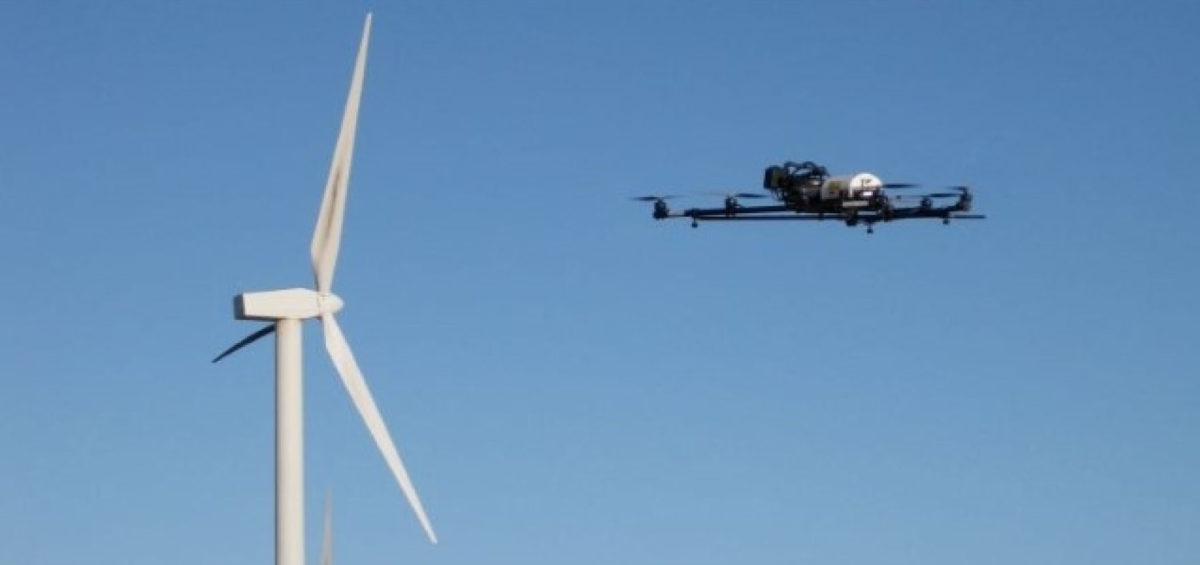
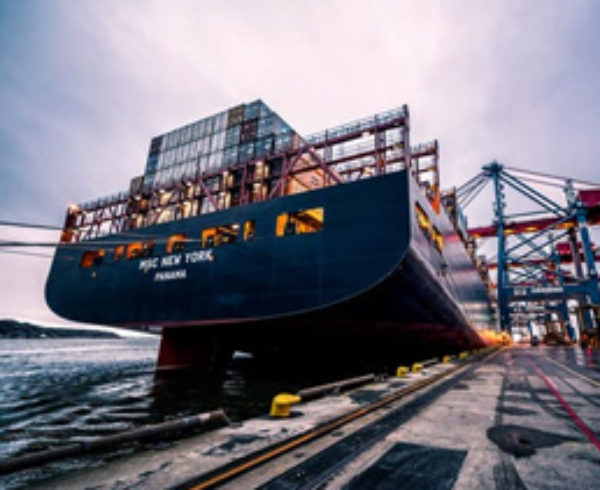
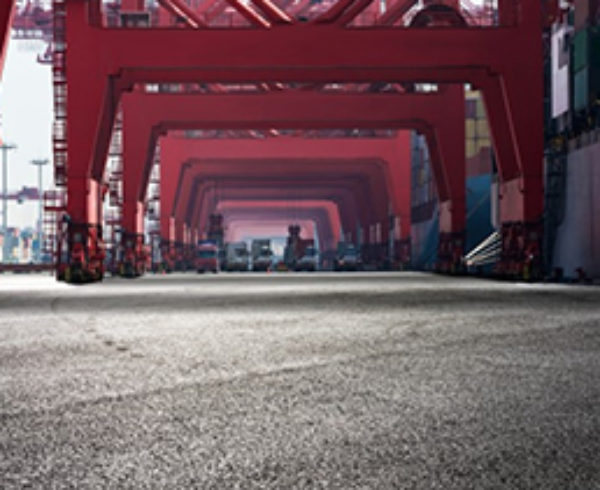

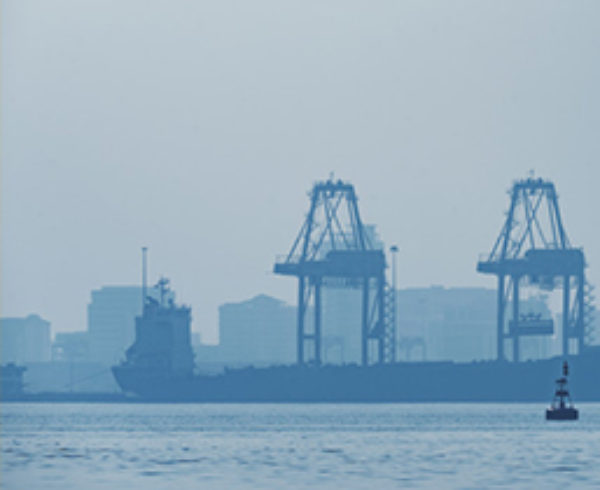

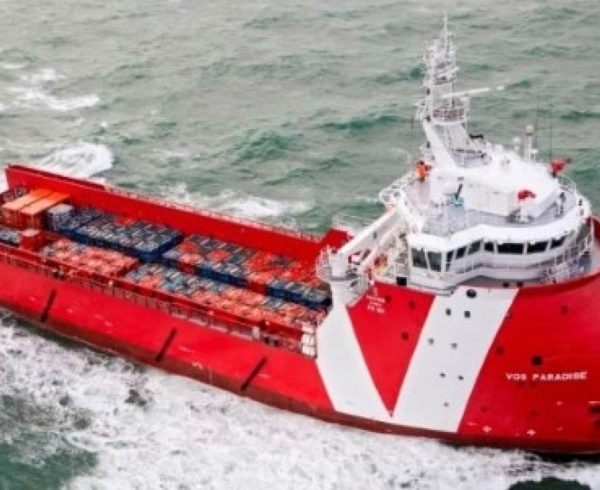
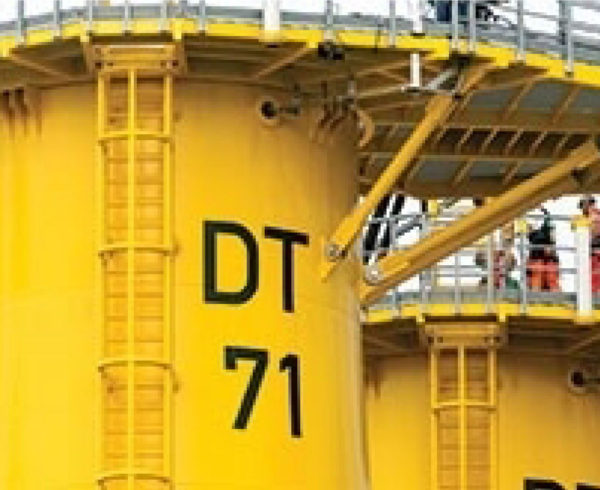


Leave a Comment